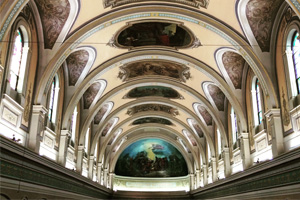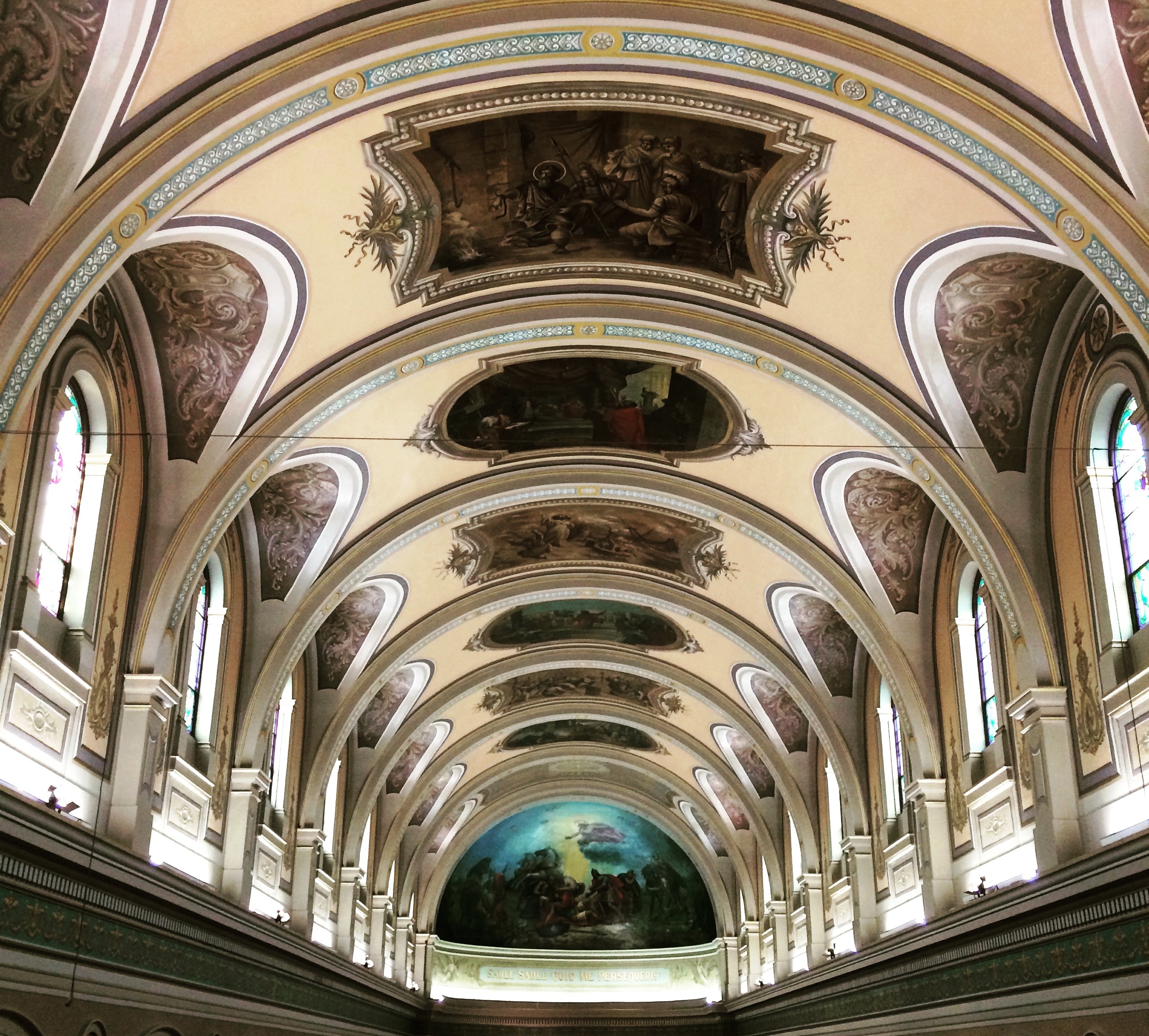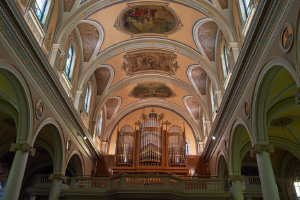As a first time choral concert-goer, I truly did not know what to expect walking into St. Paul's Basilica that Wednesday evening. I was immediately taken aback by the beauty of the church, however it was soon taking second seat to the beautiful music of the Toronto Mendelssohn Choir.
Tag: Byrd
Toronto Mendelssohn Choir Soars!
David Richards, Ontario Arts Review.
Good Friday at St. Paul’s Catholic Church was the perfect day and place for a concert by the Toronto Mendelssohn Choir. The choir made wonderful use of the church’s magnificent acoustics, not to mention the elaborately decorated sanctuary. The concert of sacred music in such beautiful surroundings, on this special day, made the spirits soar. If Good Friday was meant to send a message of peace, hope and love to mankind, then the Mendelssohn Choir was an inspirational messenger.
Sacred Music for a Sacred Space 2016 Program Notes
Artistic Director Noel Edison has always enjoyed the combination of Renaissance with contemporary music in a concert program. For him, it’s the similarity between the openness and simplicity of the structure of these compositions that works so well together.
A wondrous variety
The 2013 Good Friday concert at St. Paul’s Basilica featured the Mendelssohn Singers, the 70-voice choir formed in 2003 from the ranks of the Toronto Mendelssohn Choir. As in previous Good Friday concerts, music from various eras was sung (in this case from the 16th to the 21st centuries) and once again the choir used various spaces within the church to wonderful effect.
Sacred Music for a Sacred Space 2013 Program Notes
Except for a couple of years at the Dresden Court, Antonio Lotti (c.1647-1740) spent his career in Venice, working his way up from singer to organist to maestro di cappella at St. Mark’s Basilica. Lotti was an innovative composer of almost thirty operas, but in his sacred music he tended to rely on the great traditions of Renaissance polyphony. J.S. Bach, G.F. Handel and Felix Mendelssohn all knew and admired his music. Today he is known almost exclusively for his many settings of the Crucifixus text from the Credo of the mass. Why he wrote so many has remained a mystery but it may have been for insertion into mass settings by other composers.




